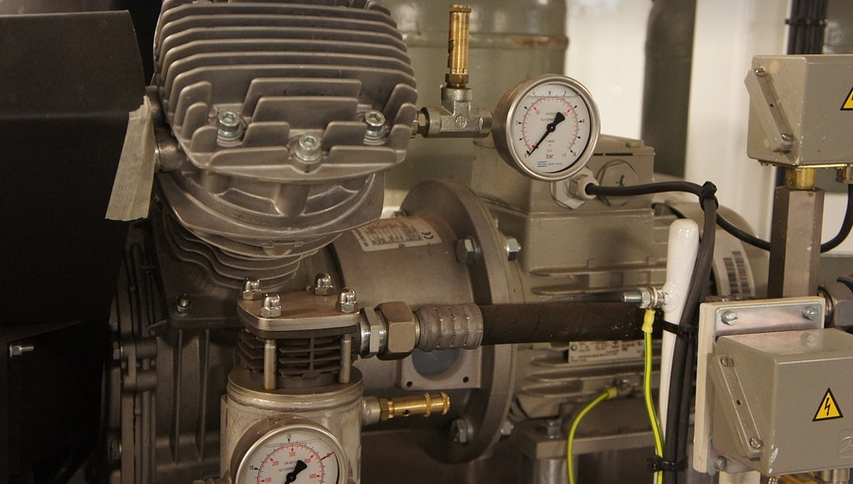What is Scientific Computing?
Scientific computing, in essence, is about applying the power of computers to solve complex scientific and engineering problems. It’s like being a detective with a powerful magnifying glass – you can analyze vast amounts of data, uncover hidden patterns, predict future outcomes, and ultimately understand the world around us better.
Think of all the amazing things we rely on every day that involve intricate calculations: weather forecasting, medical imaging, drug development, climate modeling, financial analysis, and even gaming – these are just a few examples!
Why is Scientific Computing so Important?
In our increasingly data-driven world, scientific computing has become more critical than ever. It’s the driving force behind groundbreaking discoveries in various fields.
Take climate change, for instance. Scientists use complex simulations powered by scientific computing to model global atmospheric circulation, predict future temperatures and rainfall patterns, and understand the impact of human activities on our planet. This knowledge allows us to make informed decisions about how we can mitigate climate change and safeguard our future.
Similarly, in medicine, scientific computing is revolutionizing drug discovery and development. By analyzing massive datasets on protein structures, gene regulation, and drug interactions, researchers are able to create new therapies for previously incurable diseases and personalize treatments based on individual patient profiles.
The Pillars of Scientific Computing
Scientific computing rests on several key pillars that equip us with the necessary tools and techniques to tackle complex challenges:
**1. Programming Languages:** The heart of scientific computing is programming – languages like Python, R, MATLAB, and Julia are essential for writing code that interacts with data, performs calculations, and solves problems. These languages offer a specialized syntax designed specifically for tasks involving numbers, algorithms, and mathematical equations.
**2. Mathematical Foundations:** A deep understanding of fundamental mathematical concepts like linear algebra, statistics, calculus, and probability is crucial for understanding how to use scientific computing tools effectively. These concepts form the basis for many techniques used in scientific modeling and analysis.
**3. Numerical Methods:** Numerical methods are the bread and butter of scientific computing. They involve using algorithms to approximate solutions to complex equations that cannot be solved analytically. These methods provide powerful tools to deal with problems involving continuous data, uncertainties, and approximations.
**4. Data Analysis & Visualization:** In our world of big data, being able to analyze and interpret massive datasets is critical. This involves extracting valuable insights from raw data through techniques like regression analysis, hypothesis testing, and statistical modeling. Additionally, visualizing this data in a compelling way using graphs, charts, and interactive dashboards helps communicate findings effectively.
A Glimpse into the Future of Scientific Computing
The future holds exciting possibilities for scientific computing. As technology continues to advance, we can expect:
**1. Artificial Intelligence and Machine Learning:** AI and machine learning are poised to revolutionize scientific computing by automating complex tasks, improving predictions, and uncovering hidden patterns in data.
**2. Quantum Computing:** Quantum computers promise unprecedented computational power, capable of solving problems that currently take classical computers millions of years. This technology could transform fields such as drug discovery, materials science, and climate modeling.
**3. High-Performance Computing (HPC):** Increased computing speeds and larger data sets will require even more sophisticated HPC systems to handle the immense processing demands.
Getting Started with Scientific Computing
Interested in exploring the world of scientific computing? Here’s how you can begin:
- **Learn a Programming Language:** Python is a great starting point, known for its user-friendly syntax and extensive ecosystem of libraries for data science.
- **Dive into Mathematical Concepts:** Start with introductory courses on linear algebra, calculus, or probability to develop your foundational understanding.
- **Explore Online Resources:** Websites like Khan Academy, Coursera, edX, and DataCamp offer free or affordable online courses that provide hands-on experience with scientific computing tools and techniques.
- **Join Communities:** Connect with fellow enthusiasts through online forums, coding communities, and academic organizations.
In Conclusion
Scientific computing is a dynamic field that continuously evolves to meet the demands of solving real-world problems. By embracing its principles and tools, we can unlock new discoveries, optimize processes, and build a brighter future for all.



